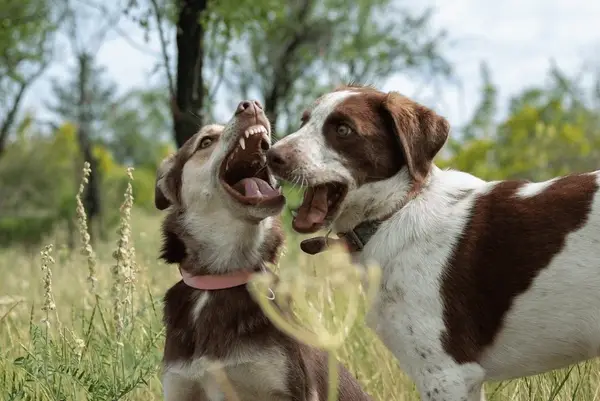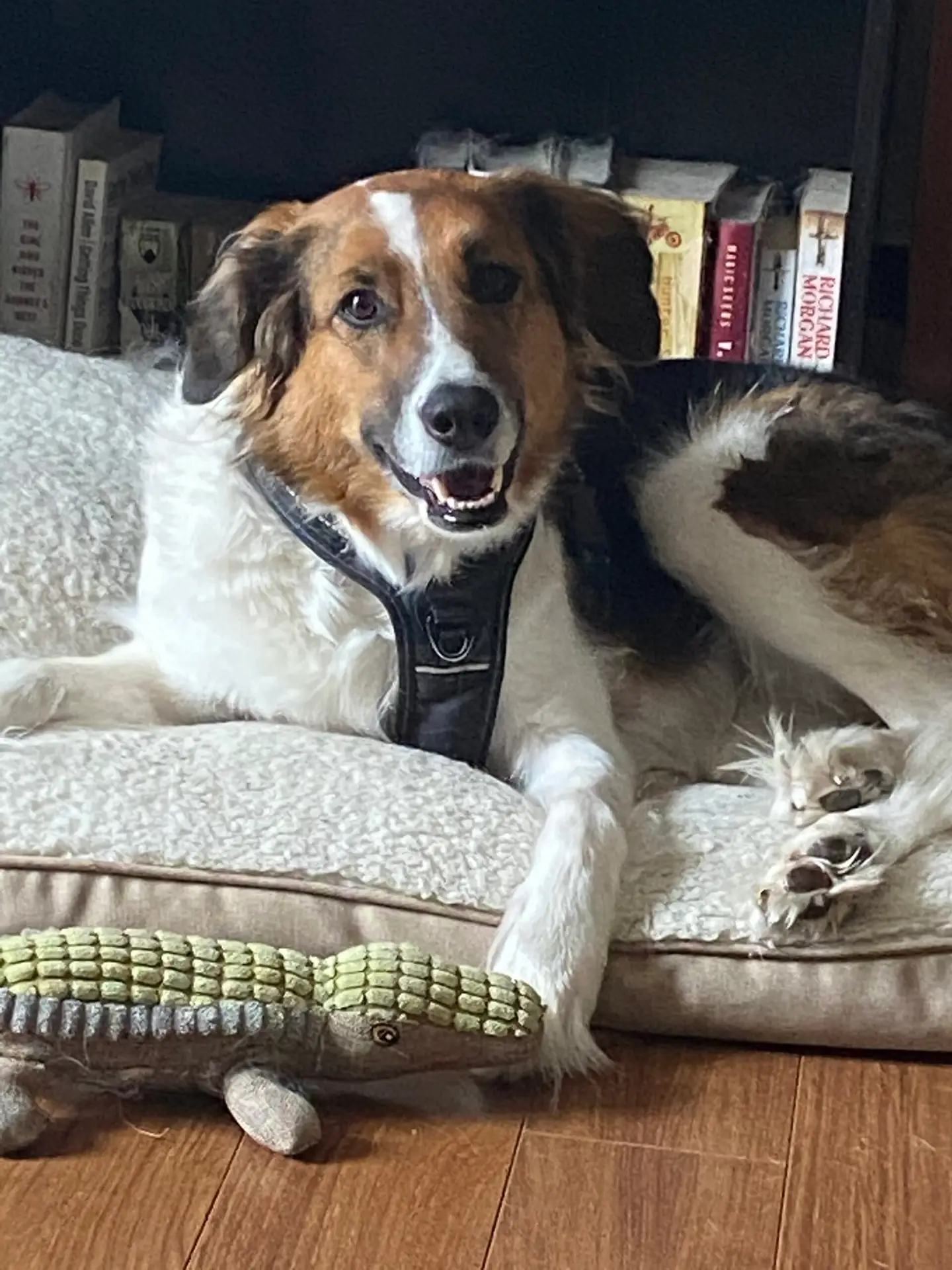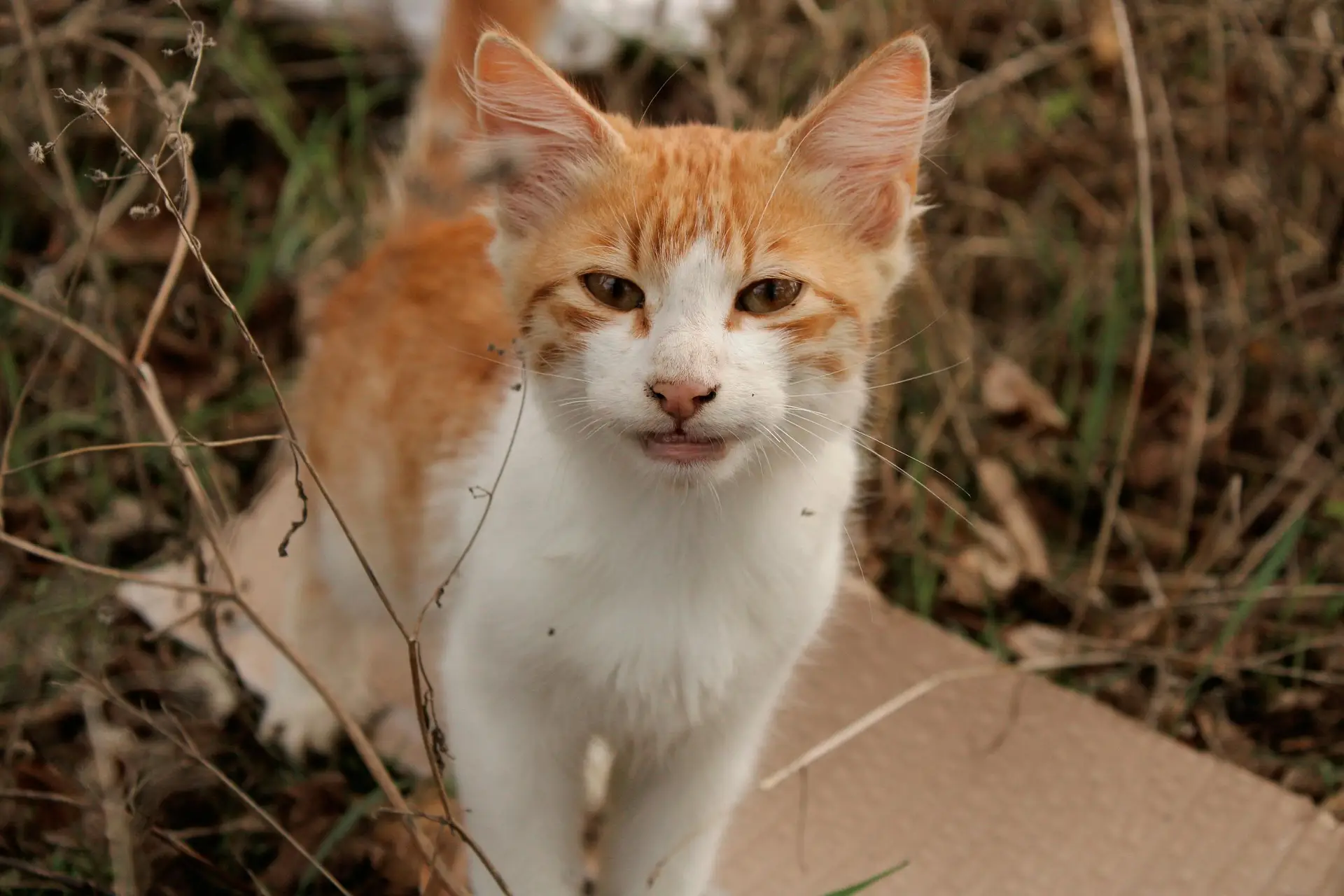What is rabies?
Rabies is a severe, viral disease that affects the central nervous system of mammals, including humans. Caused by a Lyssavirus, it is primarily a zoonotic disease (an infectious disease that can be transmitted from animals to humans) transmitted through the saliva of an infected animal, usually via a bite or scratch. Once the virus enters the body, it travels along the nerves to the brain, causing inflammation and severe neurological symptoms like confusion, agitation, hallucinations, muscle spasms, and hydrophobia (fear of water). Due to the fact that it is nearly incurable once symptoms appear, with a 99% fatality rate, immediate post-exposure prophylaxis (PEP) is critical to prevent the virus from reaching the brain and is highly effective when administered promptly.
What animals are risks for rabies?
While any mammal can carry rabies, the most common hosts in Canada are bats, raccoons, foxes and skunks. With these animals being regular inhabitants of residential areas, pet owners should be alert while walking their dogs, and fully understand the risks when allowing cats outdoors. Bat bites are especially dangerous, as their small, sharp teeth can create bites that don’t always hurt or draw blood, making them easier to go unnoticed and untreated.
What to do if your pet was bitten by an animal?
If your pet has been bitten by an animal, immediate and careful action is essential to manage the wound and address the critical risk of rabies exposure. First, safely secure your pet and then immediately wash the wound thoroughly with mild soap and running water for several minutes to flush out potential bacteria and saliva; do not apply ointments or close the wound. Contact your veterinarian immediately, as all bite wounds require professional attention to check for deep-tissue damage, treat infection with antibiotics, and determine the necessary rabies protocol. Depending on the biting animal’s status and your pet’s vaccination history, this protocol may range from an immediate rabies booster shot followed by a 45-day observation period, to a strict, prolonged quarantine required by public health officials.
Rabies Vaccine for Pets
The rabies vaccine is a mandatory and highly effective tool for preventing the spread of this fatal disease in pets, particularly dogs, cats, and ferrets. Administered by a veterinarian, the vaccine introduces an inactivated form of the virus, prompting the pet’s immune system to build protective antibodies, with studies showing near 100% effectiveness when administered correctly and on time. Regular vaccination, often required by law and typically given on a one-to three-year schedule depending on local regulations and the vaccine type, creates a robust protective barrier. If a vaccinated pet is bitten by a potentially rabid animal, the vaccine’s protection significantly minimizes the risk of the pet contracting the disease and simplifies the post-exposure management to an immediate booster shot and a much shorter observation period, thereby protecting both the pet and the public health.
What to do if you were bitten by an animal?
If you are bitten or scratched by an animal and there is a potential risk of rabies, you must act with immediate urgency, as Post-Exposure Prophylaxis (PEP) is critical for survival. The very first and most important step is to perform immediate first aid: wash the wound thoroughly with soap and running water for a minimum of 15 minutes. This action physically flushes the virus particles out of the wound site, providing the initial and most vital line of defense against the infection. After washing, you must seek professional medical care immediately by going to an emergency room, as they must assess your risk and initiate the life-saving treatment protocol. If the animal that has bitten you remains a risk and is preventing you from reaching care, the police should be called to assist with the situation.
A healthcare professional will determine your need for PEP based on a rapid risk assessment that considers the animal species (high-risk animals include bats, raccoons, and foxes), whether the attack was provoked, and whether the animal can be located and safely tested. Crucially, the PEP treatment involves a two-part regimen: receiving a dose of Rabies Immune Globulin (RIG), which provides immediate, temporary antibodies, and beginning a series of rabies vaccines, which prompt your body to develop long-lasting immunity. You must begin this treatment without delay, as it is nearly 100% effective when administered promptly after exposure, but it becomes ineffective once rabies symptoms appear. You should also contact local public health or animal control officials to report the incident, which aids their investigation and determines the protocol for the biting animal (such as a 10-day observation period for healthy domestic pets).
Human Rabies Vaccine
The human rabies vaccine, while medically effective, is typically considered impractical for routine use for the general public. The standard regimen for the preventive vaccination requires multiple doses given over several weeks, making it too costly and logistically cumbersome for mass application. The human vaccine is primarily reserved for those at continuous high risk, such as veterinarians, animal handlers, and certain laboratory workers. Therefore, for the average person, prevention is the best strategy. This involves avoiding contact with wild or stray animals, ensuring all pets are currently vaccinated, and exercising caution when traveling to high-risk regions.





